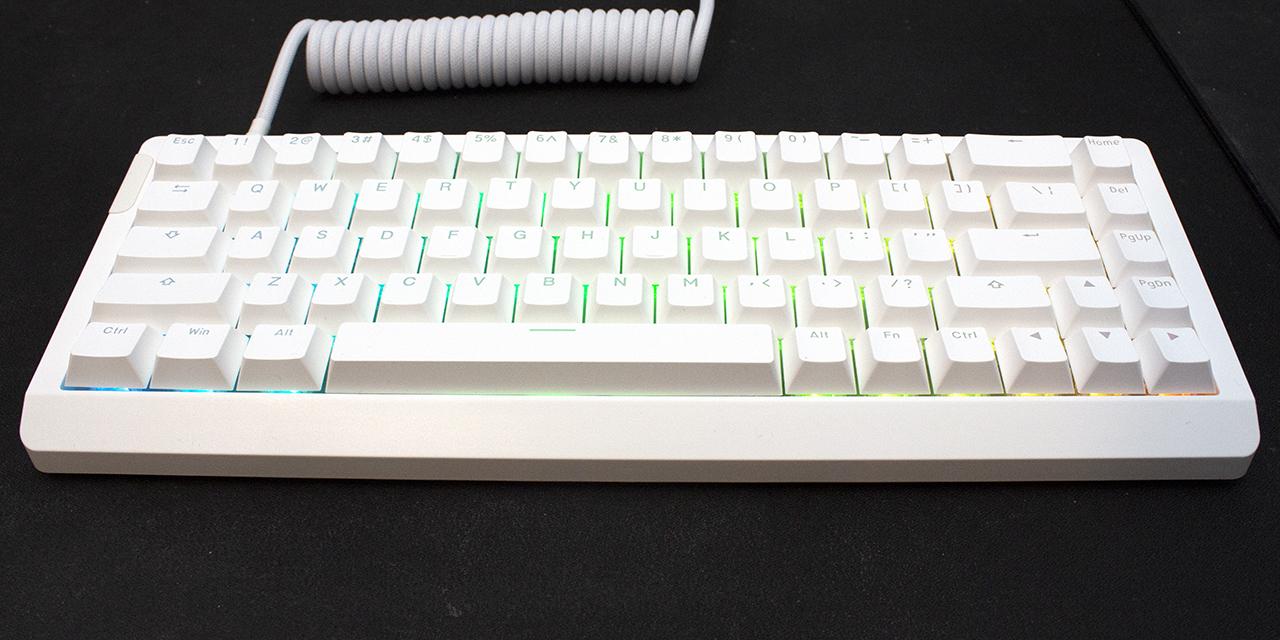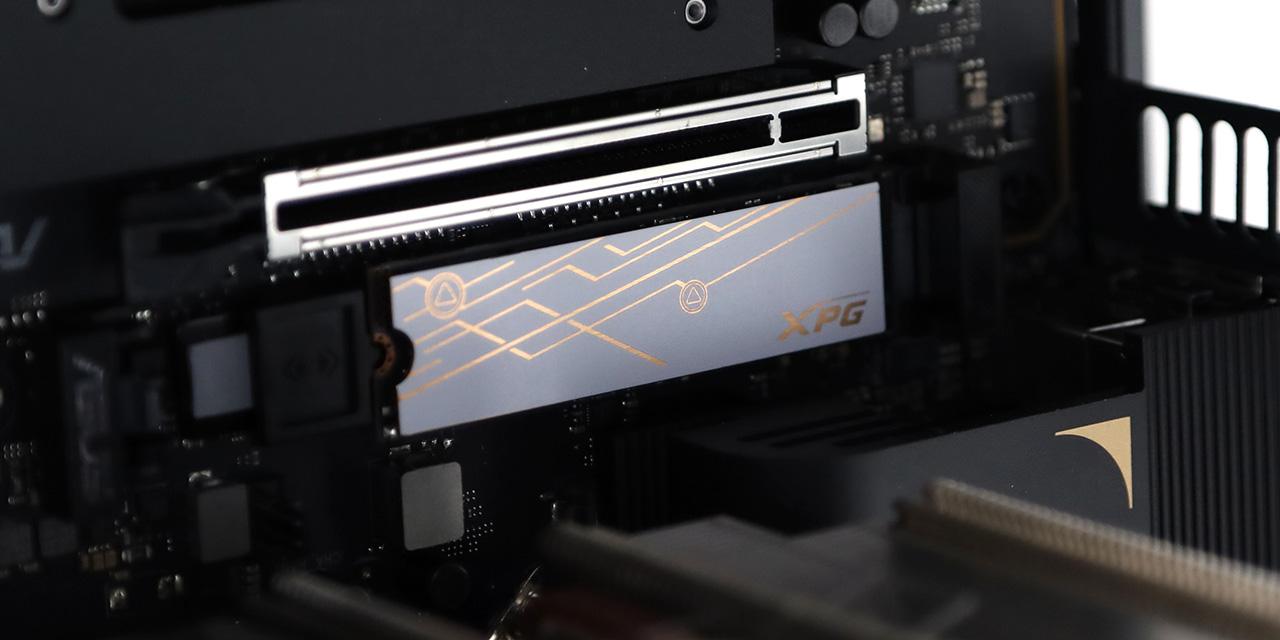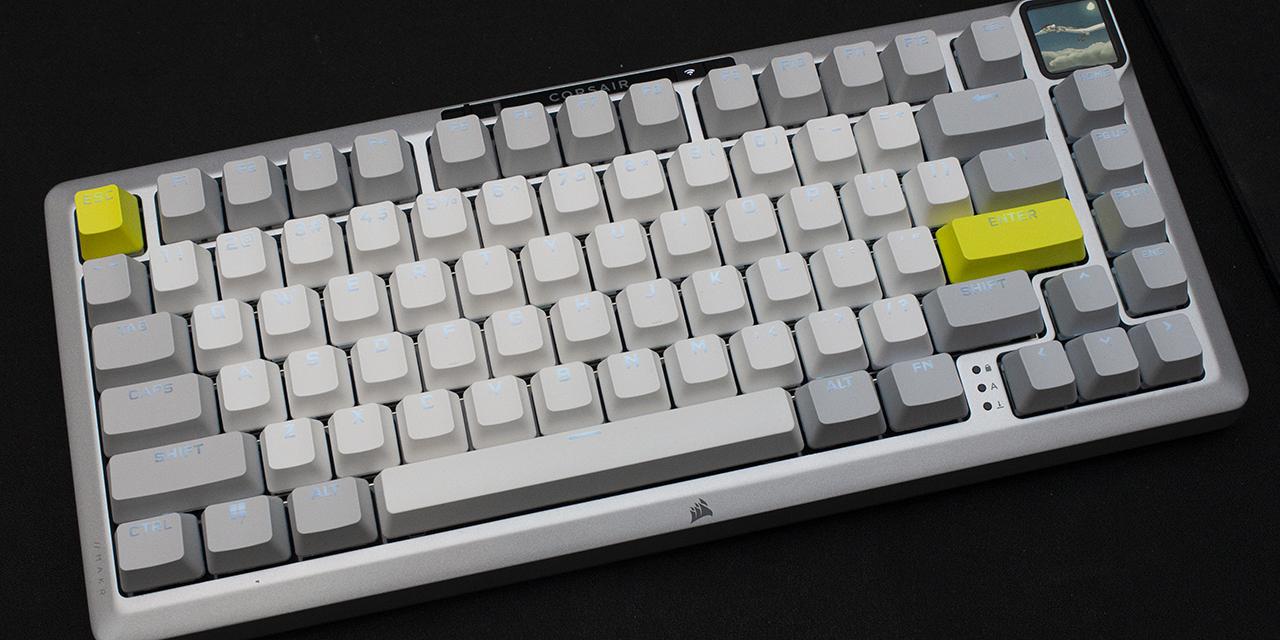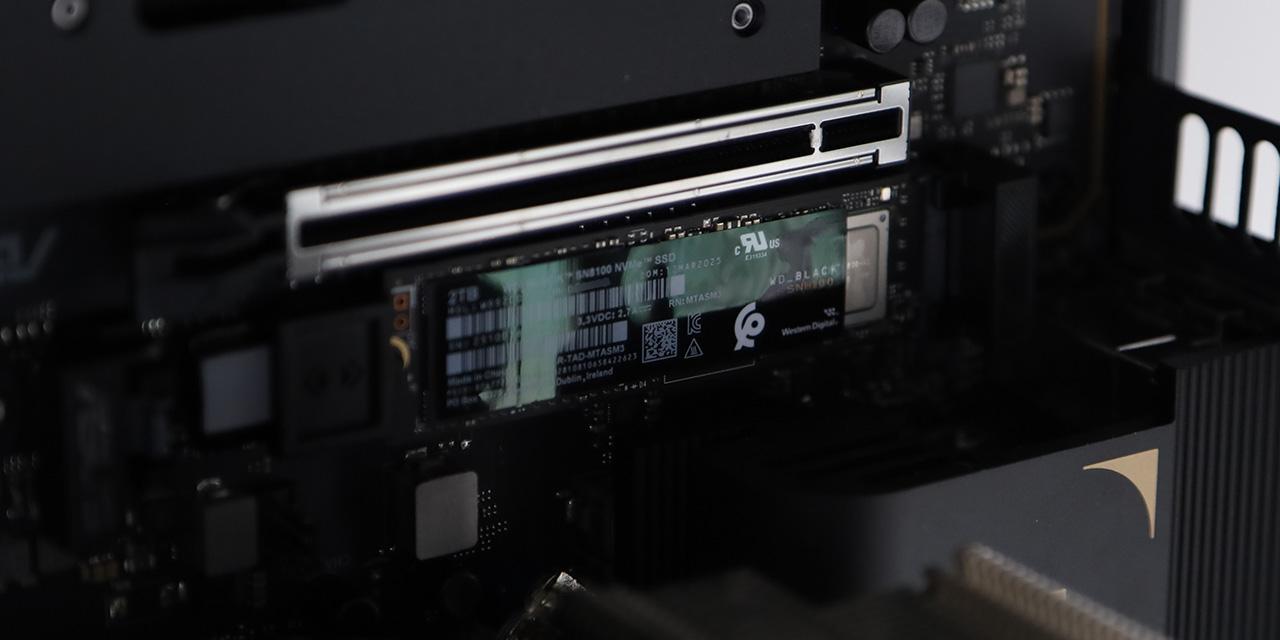From CNET: The competition among smartwatches and fitness wearables is heating up like never before: Fitbit has a new model, there's a new Samsung smartwatch and Apple is expected to have a new watch soon. Not surprisingly, Google is upping its game, too: The company's line of Wear OS smartwatches is getting some overdue software updates starting the middle of September, alongside a new set of smartwatches being announced at Berlin's IFA tech show. It's most likely the first shoe dropping before Qualcomm unveils new smartwatch chips next month -- prompting yet another wave of smartwatch hardware, including a possible Google-made Pixel watch that's expected alongside new Pixel phones in October.
"We wanted to focus this release on quick, glanceable information," said Miles Barr, engineering director for Wear OS. The updates in the release coming next month are pretty straightforward stuff: a new swipe-up list of notifications for easier access to messages, plus a swipe-right gesture to bring up Google Assistant suggestions based on whatever you're currently doing. But it could be a hint at bigger things to come.
A year ago, Google and its smartwatch partners like Fossil Group leaned on fashion over fitness features, a decision that led to a wave of watches that felt feature-generic. This year, the plan's changing. "Most if not all the watches released this year will have heart rate sensors," Barr says about Wear OS smartwatches. The just-announced Skagen Falster 2 is a good example: It has a full set of fitness features, as opposed to last year's sparser model.
It makes sense, since Google Fit -- the fitness-tracking portion of Wear OS -- has just been revamped with new Move Minute and Heart Point goals, designed to meet World Health Organization and American Heart Association metrics for daily fitness. That brings Google's offerings closer to what Fitbit, Apple, Garmin and others have on their fitness trackers. The two-ring fitness readout can be quickly checked with a swipe-left gesture. Heart Points are calculated using heart rate readings, although Google's also developed an algorithm to estimate Heart Points on Wear OS watches without heart rate.
View: Article @ Source Site





